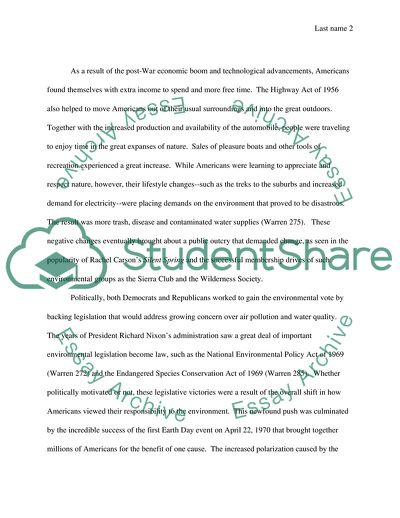Cite this document
(Americas Growing Focus on the Environment Essay, n.d.)
Americas Growing Focus on the Environment Essay. https://studentshare.org/environmental-studies/1746043-american-environmental-history-essay
Americas Growing Focus on the Environment Essay. https://studentshare.org/environmental-studies/1746043-american-environmental-history-essay
(Americas Growing Focus on the Environment Essay)
Americas Growing Focus on the Environment Essay. https://studentshare.org/environmental-studies/1746043-american-environmental-history-essay.
Americas Growing Focus on the Environment Essay. https://studentshare.org/environmental-studies/1746043-american-environmental-history-essay.
“Americas Growing Focus on the Environment Essay”. https://studentshare.org/environmental-studies/1746043-american-environmental-history-essay.


